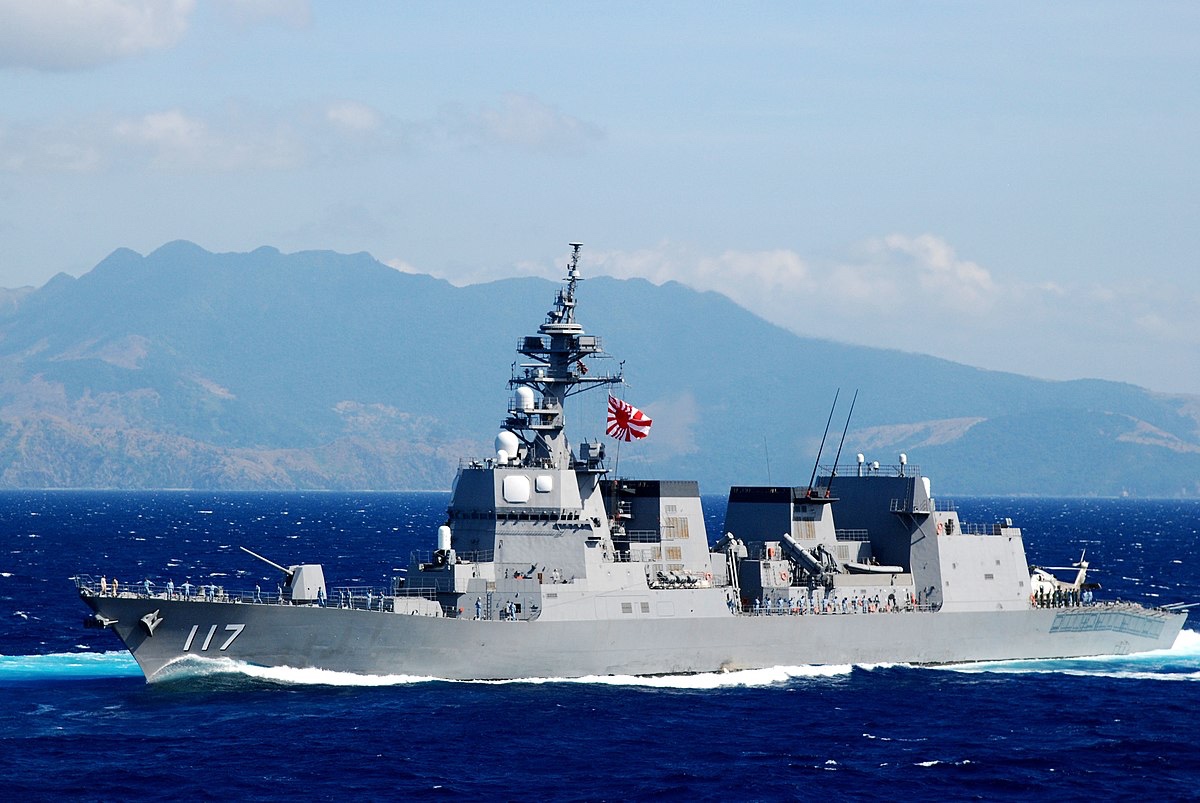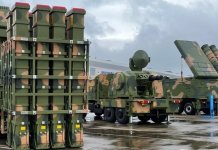Japan has informed China that it dismissed the captain of the destroyer that sailed into China’s territorial waters defying warnings in July 2024. The move comes amid heightened tensions between the two sides and days after Japan protested the passage of a Chinese aircraft carrier through its contiguous waters.
On July 4, 2024, a Japan Maritime Self-Defense Force destroyer (JMSDF) Suzutsuki unexpectedly entered Chinese territorial seas close to Taiwan without notifying Beijing.
The destroyer entered Chinese territorial seas near Zhejiang province, where China had said it would hold naval exercises. The vessel was reportedly tasked with monitoring the Chinese drills.
Despite warnings from Chinese vessels, the destroyer continued to cruise within 12 nautical miles (22 km) of the Zhejiang coast for around 20 minutes. Following the incident, China expressed “serious concern” and filed an official complaint with Japan.
The complaint appears to have been addressed.
Some diplomatic sources told Japanese media on September 22 that Japan had “unofficially” informed China that the destroyer that entered Chinese territorial waters in July, disregarding multiple warnings from Chinese warships, did so “inadvertently.” The destroyer’s captain has since been dismissed for what is thought to be a serious error.
When questioned by an MSDF base that had noticed the destroyer’s passage into Chinese waters, the male commander who was captaining the Suzutsuki claimed he was “not aware” that the ship had entered an “off-limits area,” according to sources that spoke to the media on condition of anonymity.
The captain took over the command of the ship in May 2024 and was dismissed shortly after this incident, which was deemed to be the result of his “negligence.”
According to reports, an assessment carried out after the incident also showed errors in the information that other crew members on duty relayed when the destroyer entered Chinese waters.
The incident has ignited another tussle between China and Japan. While Tokyo argued that the Suzutsuki’s entry into Chinese territorial seas was justified under the principle of innocent passage as outlined in the United Nations Convention on the Law of the Sea, Beijing hit back, saying the ship did not comply with the guidelines set down by Japanese law, which requires foreign ships to obtain prior authorization before entering Chinese territorial waters.
China decried Suzutsuki’s “illegal and improper move” of entering its waters and demanded a thorough inquiry as well as precautions against future occurrences of this kind.

The incident has reportedly raised concerns about the competency of the JMSDF members. Tokyo is also planning to reprimand additional crew members in the wake of this incident.
Since the formation of the Self-Defense Forces in 1954, this was the first time an MSDF vessel had entered Chinese waters without prior notice.
The report, compiled with assistance from the National Security Secretariat, will not be released for national security reasons as it concerns the Self-Defense Forces.
Interestingly, the latest report of Japan’s dismissal of the Captain comes at a time when China and Japan remain embroiled in tensions in the East China Sea and the Taiwan Strait.
In the latest development, Japan strongly objected to the recent passage of a Chinese carrier through its contiguous waters.
China & Japan Continue To Lock Horns
Last week, a Chinese carrier battle group led by the aircraft carrier Liaoning entered Japan’s contiguous zone for the first time, in what has been seen as the latest Chinese attempt to project power to regional rivals and adversaries.
AH-64 Apache: Why Vulnerable, Slow Flying Attack Helicopters Are In Very High Demand?
The Japanese Defense Ministry reported that the Chinese carrier Liaoning, along with two destroyers, entered Japan’s so-called “contiguous zone” as it passed between the neighboring islands of Iriomote and Yonaguni, located in the country’s westernmost region.
The Contiguous Zone is an area of sea beyond a country’s territorial waters reaching up to 24 nautical miles offshore in which it can exercise some control over maritime traffic.
The transit of the Liaoning battle group is particularly significant due to its proximity to hotspots in the region. Yonaguni is located 150 kilometers south of the Senkaku Islands, which Japan controls but China claims, and 110 kilometers east of Taiwan’s east coast. Japan has warned, on multiple occasions, that China’s intensified military activity near Taiwan threatens Japan’s security and could lead to a miscalculation.
Previously, Chinese naval ships crossed the relatively uncontroversial Miyako Strait to cross from the East China Sea to the Western Pacific. This strait is about 250 kilometers wide and situated east of Taiwan, between Japan’s Okinawa Island and Miyako Island.
Infuriated by the passage, Tokyo expressed its outrage to Beijing. Japanese government spokesman Hiroshi Moriya said, “This incident is unacceptable from the perspective of the security environment of Japan and the region, and we have expressed our serious concerns to the Chinese side through diplomatic channels.”
Japan has been coping with China’s uncanny military activity in recent times. For instance, last month, a Chinese Y-9 intelligence-gathering aircraft entered Japanese airspace for a few minutes. In a separate incident in late August, a Chinese survey ship sailed into Japanese waters—the 10th such entry since 2021. Japan fiercely protested these incidents, which have set off new tensions between the two states.
- Contact the author at sakshi.tiwari9555(at)gmail.com
- Follow EurAsian Times on Google News




